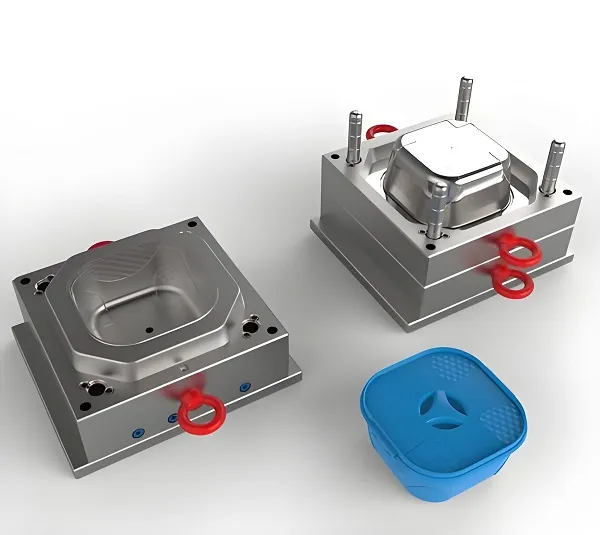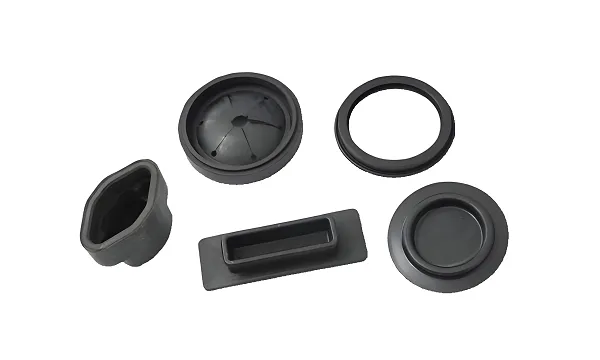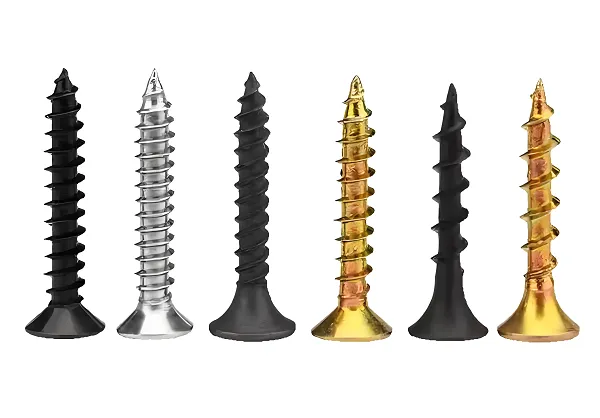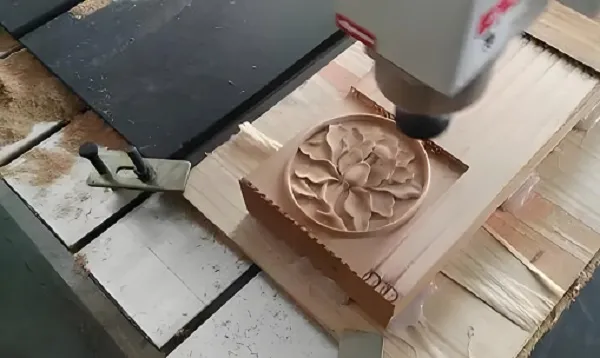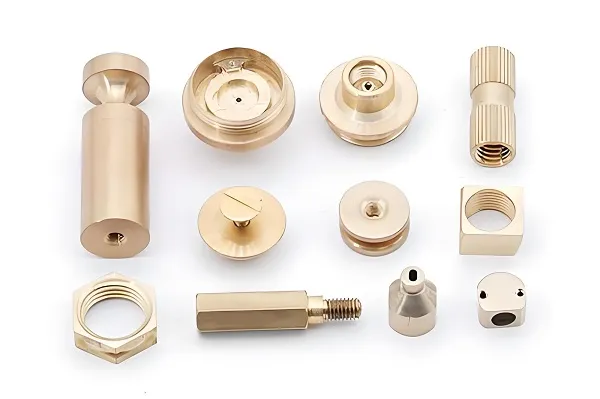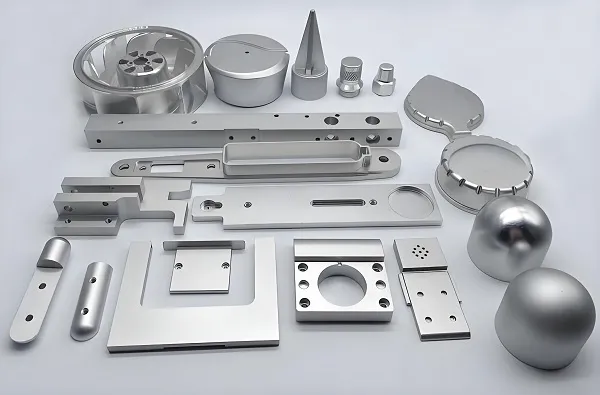I. Introduction: Unveiling the Significance of Low Cost CNC Machining
In the competitive manufacturing landscape, the pursuit of low cost CNC machining has become a crucial factor for businesses aiming to enhance their competitiveness. CNC (Computer Numerical Control) machining offers high precision and automation, but when coupled with cost – effective strategies, it becomes a powerful tool for producing quality parts without breaking the bank. Low cost CNC machining is not only about reducing expenses but also about optimizing resources, improving efficiency, and maximizing value for money.
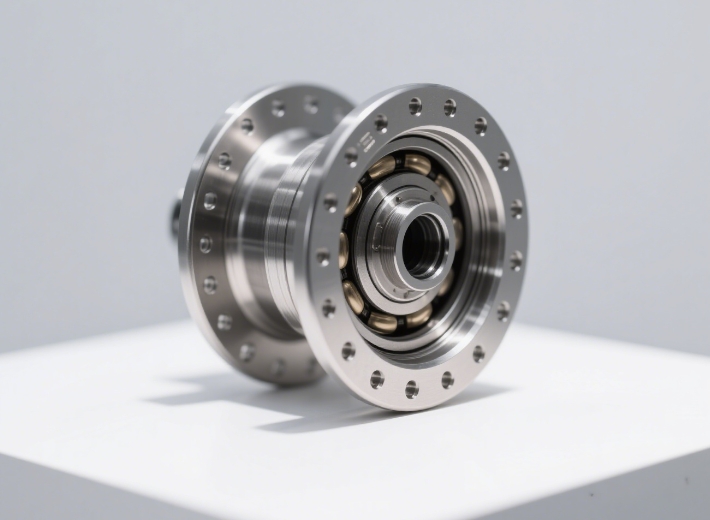
1.1 The Current Market Demand
With the increasing demand for customized and precision parts across various industries such as automotive, electronics, and aerospace, manufacturers are constantly looking for ways to produce parts at a lower cost. Small – and medium – sized enterprises, in particular, rely on cost – effective machining solutions to remain viable in the market. Additionally, as the global economy becomes more volatile, cost control in manufacturing has become an essential survival strategy.
1.2 Benefits of Low Cost CNC Machining
Enhanced Competitiveness: By reducing production costs, companies can offer more competitive prices for their products, attracting more customers and increasing market share.
Increased Profit Margins: Lower machining costs directly translate into higher profit margins, allowing businesses to invest in further growth and development.
Flexibility in Production: Cost – effective CNC machining enables companies to handle a wider range of production volumes, from small – batch custom orders to large – scale production runs, without significant cost fluctuations.
II. Key Elements of Low Cost CNC Machining
2.1 Material Selection
2.1.1 Choosing the Right Materials
Selecting the appropriate materials is the first step in achieving low cost CNC machining.
Common Cost – Effective Materials:
Aluminum: Aluminum is one of the most popular materials for low cost machining. It has excellent machinability, low density, and good corrosion resistance. For example, 6061 – T6 aluminum is widely used in various applications due to its balanced mechanical properties and affordability.
Mild Steel: Mild steel is relatively inexpensive and easy to machine. It is suitable for parts that do not require extremely high strength or corrosion resistance, such as structural components in some industrial equipment.
Plastics: Plastics like ABS, PVC, and nylon are cost – effective materials for CNC machining. They are lightweight, have good electrical insulation properties, and can be easily molded into complex shapes.
Considerations for Material Selection:
Part Requirements: Analyze the functional requirements of the part, such as strength, durability, and chemical resistance, to ensure the selected material meets these needs while keeping costs down.
Material Availability: Choose materials that are readily available in the local market to avoid high transportation costs and long lead times.
Cost – Performance Ratio: Evaluate the cost – performance ratio of different materials. Sometimes, a slightly more expensive material may be a better choice if it reduces machining time and post – processing requirements.
2.1.2 Minimizing Material Waste
Efficient Nesting: In sheet metal or flat – stock machining, use advanced nesting software to optimize the layout of parts on the raw material. This reduces the amount of scrap material, thereby lowering material costs. For example, in laser cutting of metal sheets, proper nesting can increase the material utilization rate by up to 20 – 30%.
Recycling and Reusing: For some materials, consider recycling or reusing the scrap generated during machining. Some plastics and metals can be recycled, and reusing scrap in non – critical applications can further reduce material costs.
2.2 Tooling and Cutting Tools
2.2.1 Tool Selection
Cost – Effective Tool Materials:
High – Speed Steel (HSS): HSS tools are relatively inexpensive and have good toughness, making them suitable for general – purpose machining of soft to medium – hard materials. They are commonly used for drilling, milling, and turning operations on materials like aluminum and mild steel.
Carbide – Coated Tools: Carbide – coated tools offer a good balance between cost and performance. The coating improves the tool’s wear resistance, allowing for longer tool life and higher cutting speeds compared to uncoated HSS tools. They are ideal for machining harder materials or when higher precision and surface finish are required.
Tool Geometry and Design:
Optimized Flute Design: Tools with optimized flute designs, such as variable – pitch flutes in end mills, can reduce vibration during machining. This not only improves the surface finish but also extends the tool life, reducing the overall cost of tool replacement.
Multi – Function Tools: Consider using multi – function tools that can perform multiple operations, such as combination drills and taps. These tools reduce the number of tool changes during machining, saving time and increasing efficiency.
2.2.2 Tool Maintenance and Management
Regular Tool Sharpening and Reconditioning: Instead of constantly replacing worn – out tools, establish a regular tool sharpening and reconditioning program. Many cutting tools can be sharpened several times, significantly extending their useful life and reducing tool costs.
Tool Life Monitoring: Implement a tool life monitoring system using sensors or by tracking machining parameters. This allows for timely replacement of tools before they break, preventing damage to the workpiece and the machine tool, and reducing costly rework.
2.3 Machining Process Optimization
2.3.1 Programming and Tool Path Planning
Efficient CAM Programming: Use advanced Computer – Aided Manufacturing (CAM) software to generate optimized tool paths. This includes minimizing unnecessary tool movements, reducing idle travel time, and choosing the most efficient cutting strategies. For example, using a helical interpolation for pocket machining instead of a traditional zig – zag pattern can reduce machining time and tool wear.
Simulation and Verification: Before actual machining, perform simulation and verification of the tool paths. This helps to identify and correct potential issues such as tool collisions, over – cutting, or under – cutting, avoiding costly mistakes and rework during production.
2.3.2 Cutting Parameter Optimization
Cutting Speed and Feed Rate: Select the appropriate cutting speed and feed rate based on the material being machined, the tool type, and the desired surface finish. While increasing the cutting speed and feed rate can improve machining efficiency, it also increases tool wear. Therefore, a balance needs to be struck to minimize overall costs. For instance, when machining aluminum, a relatively high cutting speed can be used, but it should be adjusted according to the specific alloy and the tool’s capabilities.
Depth of Cut: Optimize the depth of cut to reduce the number of passes required for machining. However, excessive depth of cut can lead to tool breakage and poor surface finish. A proper combination of depth of cut, feed rate, and cutting speed can significantly improve machining efficiency and reduce costs.
2.3.3 Machine Tool Utilization
Scheduling and Batch Processing: Optimize the production schedule to maximize machine tool utilization. Group similar parts together for batch processing to reduce setup times between different jobs. For example, if there are multiple parts with similar machining requirements, process them in one batch instead of running them separately, which can save a significant amount of time and cost.
Continuous Operation: Where possible, keep the CNC machine running continuously, especially for large – scale production runs. This reduces the per – part cost by spreading the fixed costs of machine operation over a larger number of parts. However, proper maintenance and monitoring are required to ensure the machine’s reliability during continuous operation.
III. Quality Control in Low Cost CNC Machining
3.1 In – Process Inspection
Regular Sampling: During the machining process, perform regular sampling of the parts to check for dimensional accuracy, surface finish, and other quality parameters. This allows for early detection of any issues, enabling timely adjustments to the machining process to prevent the production of a large number of defective parts.
On – Machine Measurement: Use on – machine measurement systems, such as touch probes, to measure the part dimensions while it is still on the machine. This eliminates the need for additional measurement setups and reduces the time required for quality inspection.
3.2 Final Inspection
Comprehensive Quality Checks: Conduct a comprehensive final inspection of the finished parts using various measuring tools, such as calipers, micrometers, and coordinate measuring machines (CMMs). Check all critical dimensions, surface finish, and functional requirements to ensure that the parts meet the specified quality standards.
Non – Destructive Testing (NDT): For parts where internal defects may affect their performance, perform non – destructive testing methods, such as ultrasonic testing or X – ray inspection. This helps to ensure the integrity of the parts without damaging them, reducing the cost associated with defective parts in the long run.
3.3 Quality Assurance Systems
Implementing ISO Standards: Adopt international quality management standards, such as ISO 9001, to establish a comprehensive quality assurance system. This system helps to standardize processes, improve efficiency, and ensure consistent quality in low cost CNC machining.
Continuous Improvement: Encourage a culture of continuous improvement within the organization. Analyze quality data from inspections and customer feedback to identify areas for improvement in the machining process, materials, or tooling, and implement corrective and preventive actions to enhance overall quality while keeping costs under control.
IV. Conclusion
Low cost CNC machining is a complex yet achievable goal that requires a holistic approach encompassing material selection, tooling management, machining process optimization, and quality control. By carefully considering each of these aspects and implementing the strategies outlined in this guide, manufacturers can significantly reduce the cost of CNC machining without sacrificing quality. In an increasingly competitive global market, mastering the art of low cost CNC machining is not only a way to survive but also a means to thrive, enabling businesses to offer high – quality products at competitive prices and gain a significant edge over their competitors.

